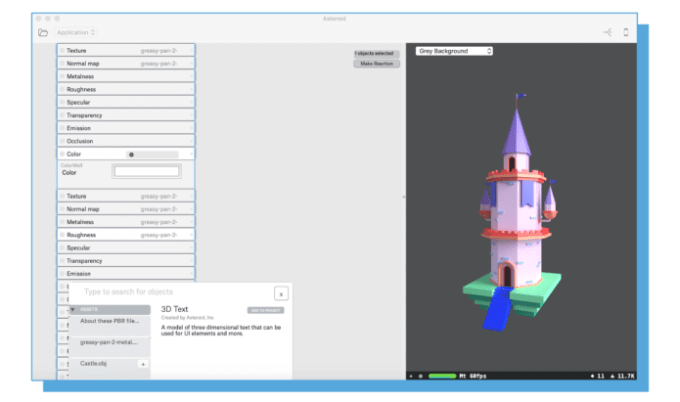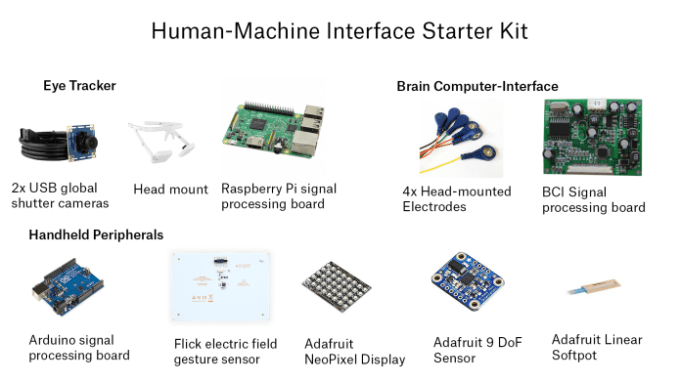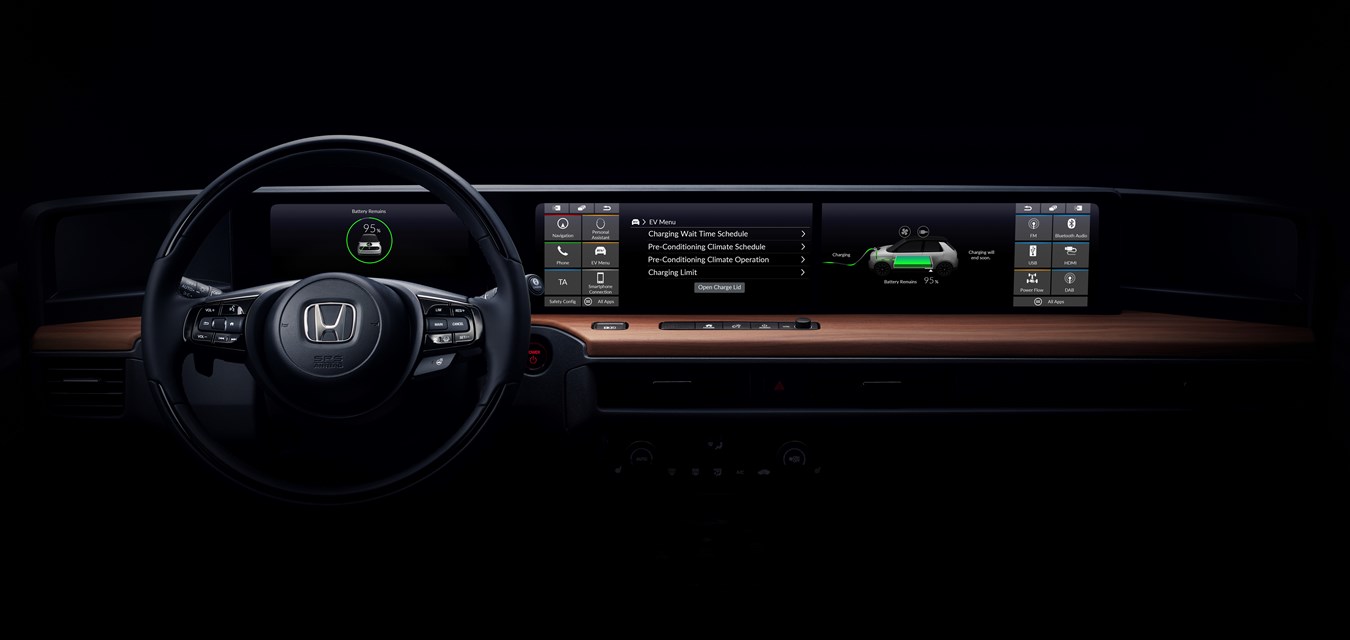Software is eating the world, and today a startup that’s taking this maxim to the world of telecoms has raised a big round of funding as it comes out of stealth. DriveNets, a company out of Israel that builds cloud-based networking services that provide a cheaper and simpler alternative to the functions of traditional routers in carrier networks, has raised $110 million led by Bessemer Venture Parters and Pitango Growth, with participation also from other investors that are not being named.
The company is not disclosing its valuation but we understand from a source close to the company that it’s “several hundred million”, which could be anything between $300 million and $500 million; my educated guess for this round is around $400 million.
Notably, this is the first funding that DriveNets has raised. That’s in part because it is already generating some revenue. Ido Susan, the co-founder and CEO, said that it’s already working with seven tier-one carriers, although he would not name them for now.
The lack of outside funding is also due to the fact that Susan and his co-founder, Hillel Kobrinsky, are repeat entrepreneurs with successful exits who had been self-funding the company to some extent. Susan had co-founded Intucell, a “self-optimising network” startup that sold to Cisco for $475 million in 2013; while Kobrinsky founded web conferencing startup Interwise, acquired by AT&T for $121 million.
As Susan explains it, DriveNets is not trying to convince carriers — be they mobile, fixed or cable — to rip out all of their legacy equipment to update to cloud solutions. These networks are all growing fast enough that DriveNets has a business opportunity to step in for what they are building today because we as consumers and businesses are monsters when it it comes to gobbling network connectivity.
“Carriers buy equipment every year,” he said in an interview. “They add 60 percent more capacity in the US on average, 50 percent in Europe and 40 percent in Asia.”
But that growth is coming with increasing commoditization, putting a lot of pressure on margins. “Traffic is growing like crazy but revenues are flat,” he added. “This is a problem that traditional OEMs cannot solve.”
Traditional OEMs include vendors like Cisco, Juniper, Huawei and Arista but generally deploying network using hardware-based routers, Susan said, is complicated and expensive. “You can have over 10 OEMs you need to work with a support,” he said. “It’s a mess.”
DriveNets’ alternative is to bring that down to two vendors — its operating system and a maker of a much cheaper, simple piece of network equipment that sits in the carriers’ own data center (which is why Susan also says his cloud-based deployment is very secure) — creating what Susan says is a 40 percent cost savings.
What the company has done is not unusual in the wider world of tech. We have seen a number of cases where a product that traditionally required a big and bulky piece of physical equipment — say, a television for watching a TV show — now can be consumed as a stream, on a tiny screen that you keep in your pocket. This isn’t as often the case in the world of telecoms.
“Carriers have dreamt for years of breaking out the software functionality from the hardware of routers,” and Aaron Mankovski, managing general partner at Pitango Growth (who is joining as a board member with this round). “The compute power is so powerful in the cloud that you can run it in a much more agile way and use simple hardware to do that.” He believes that big incumbent vendors simply don’t yet the motivation — yet — to do that because their legacy products are still cash cows… for now.
There have been some notable exceptions, such as softswitches used in IP networks. And indeed, the shift to IP-based networking is what has driven the change for DriveNets.
The core of DriveNets’ service is something called DNOS (DriveNets Operating System), which covers a range of functions that would have traditionally been connected to network equipment (and usually different pieces of network equipment):
- Core services – line rate Forwarding, Bandwidth reservation, Quality of Service and fast recovery
- Aggregation services – large port scale, Quality of Service, as well as control plan scale
- Provider Edge services like Provider Edge Peering, Netflow, QoS, variety of security functions and telemetry tools
- Provider Edge L3 VPN – multi-tier L3 VPN services with strict SLA, Inter AS functions, Multicast VPN services
- Provider Edge L2 VPN – low latency L2 services, point to point, point to multi point, with optional timing transparency (1588v2)
- Provider Edge MIS – internet services with strict SLA, hierarchical QoS, security services, traffic telemetry
- Cell Site Gateway – a single NOS for all mobile networking needs (such as clock synchronization) together with industry standard routing protocols and MPLS support
- Data Center services – connecting tens of thousands of servers with no need for leaf and spine CLOS architecture under the same management, and single protocols end-point, supporting EVPN, QoS, ACL
The fact that Huawei is one of DriveNets’ biggest competitors is a significant detail. The company is one of the most prominent vendors in Europe, and so the recent turn away from using it amid a cooling of trade relations over security and other issues has meant that many of these carriers are open to considering DriveNets as an economical alternative (one of Huawei’s big selling points had been big functionality at very competitive prices).
“Sometimes in life you need luck, and this was a big piece of luck for us,” Susan said pragmatically of the turning tides.
“By bringing networking to the cloud, DriveNets presents one of the most compelling infrastructure opportunities of the last 20 years,” said Adam Fisher, partner at Bessemer Venture Partners, in a statement. “Their disruptive architecture will be the final nail in the coffin of traditional telecom infrastructure, and we’re thrilled with the opportunity to back Ido once again.”
Source: Tech Crunch



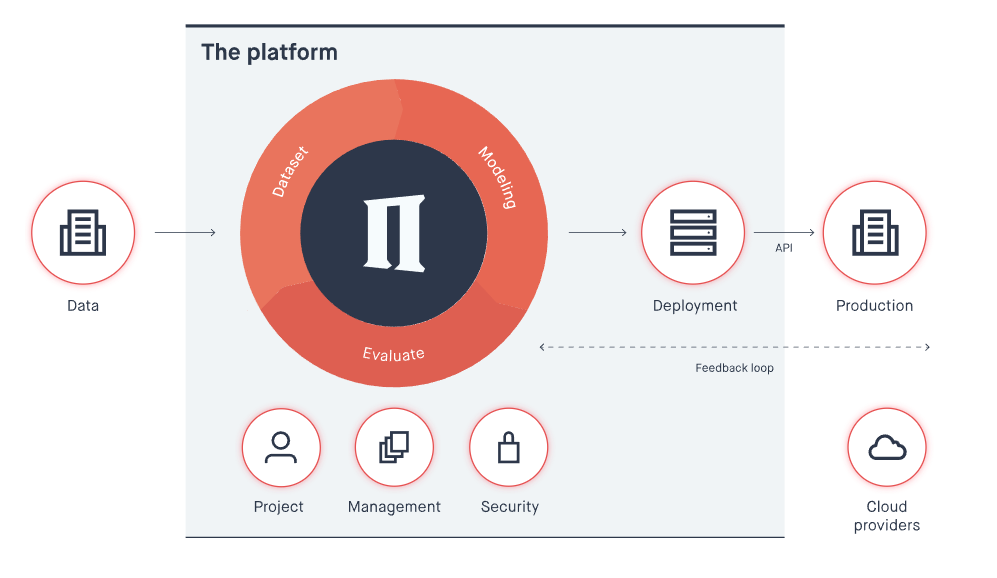

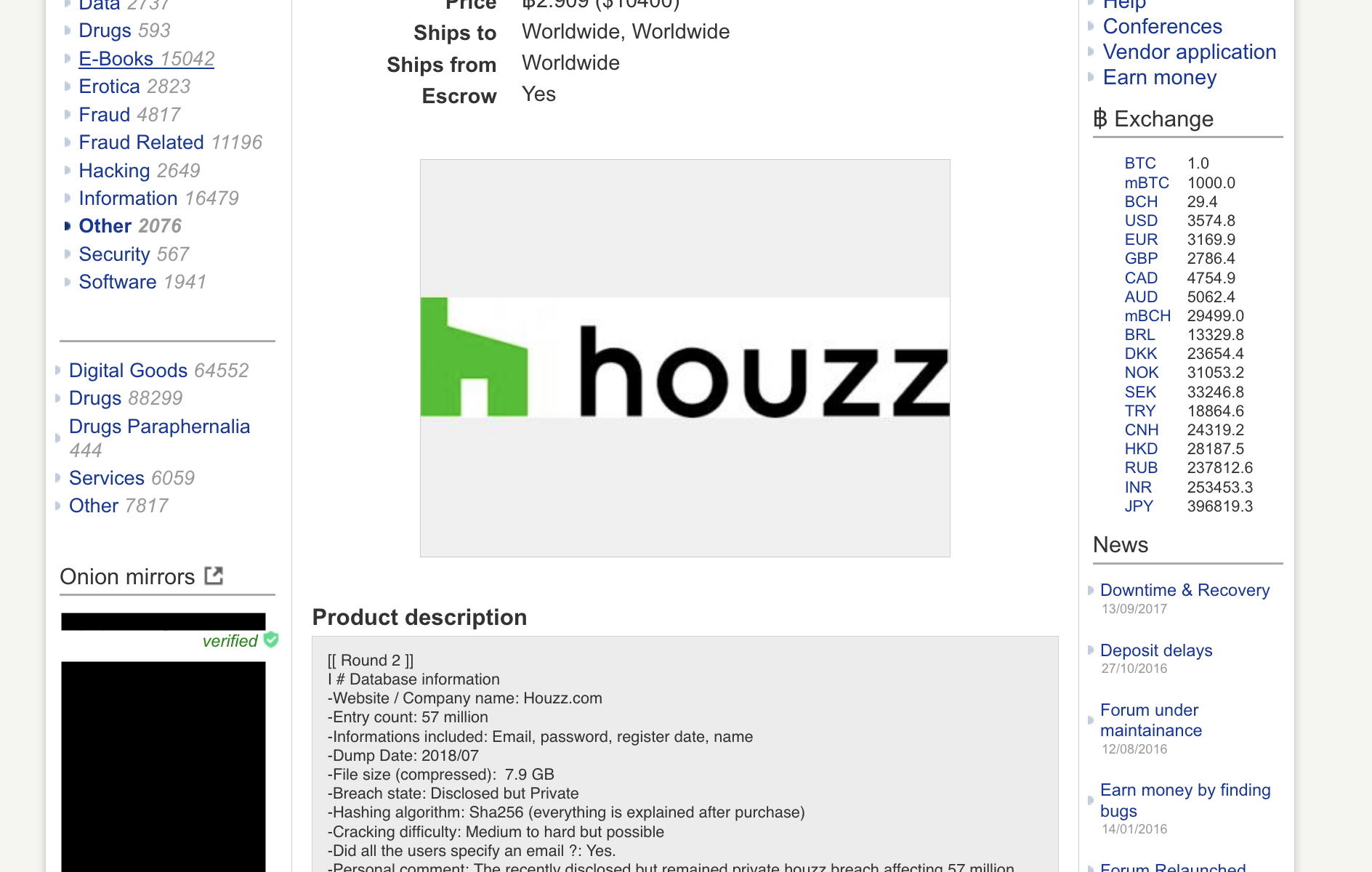
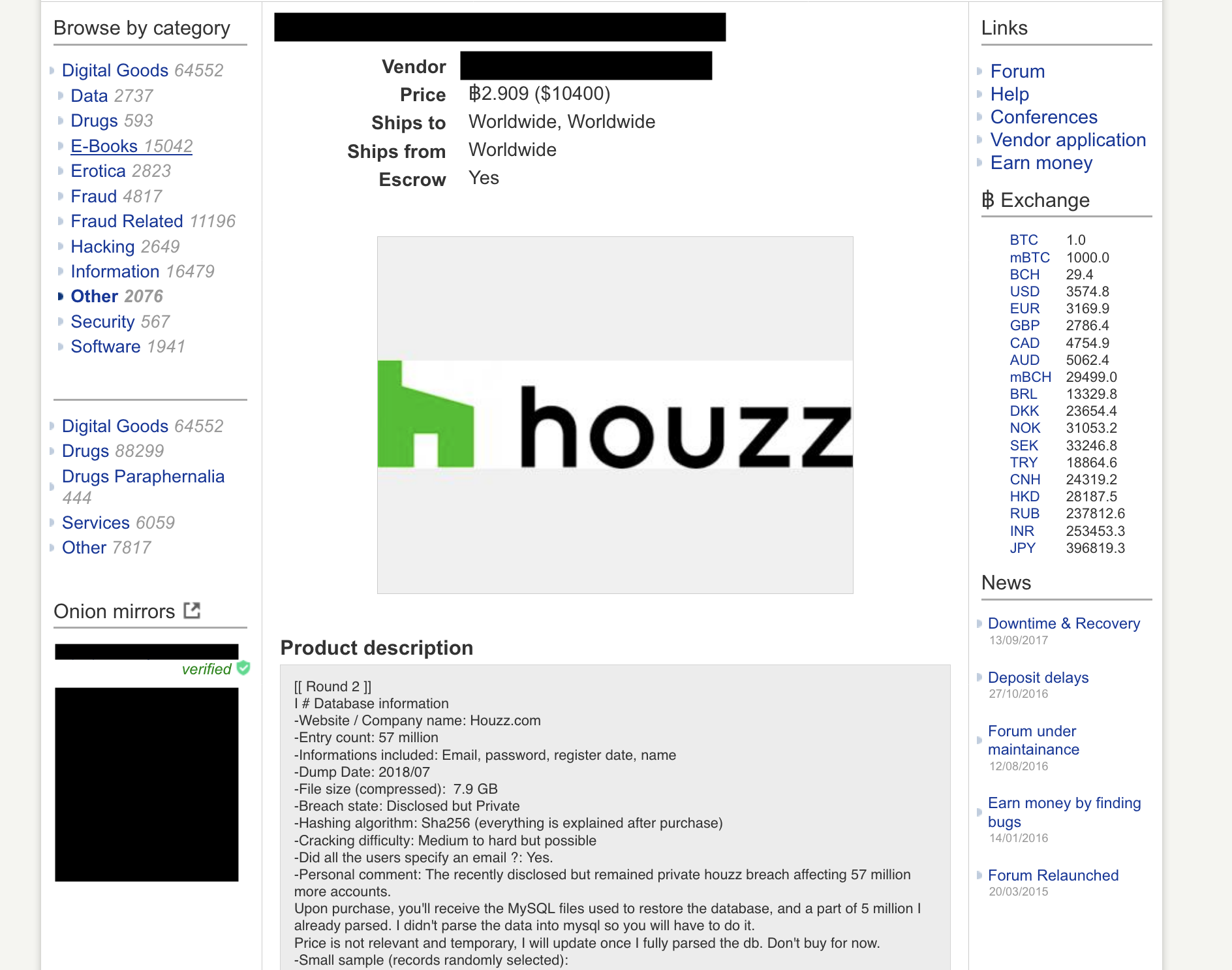
 Wattpad says it now has 70 million uses worldwide, who now spend 22 billion combined minutes per month engaged with its website and app.
Wattpad says it now has 70 million uses worldwide, who now spend 22 billion combined minutes per month engaged with its website and app.

